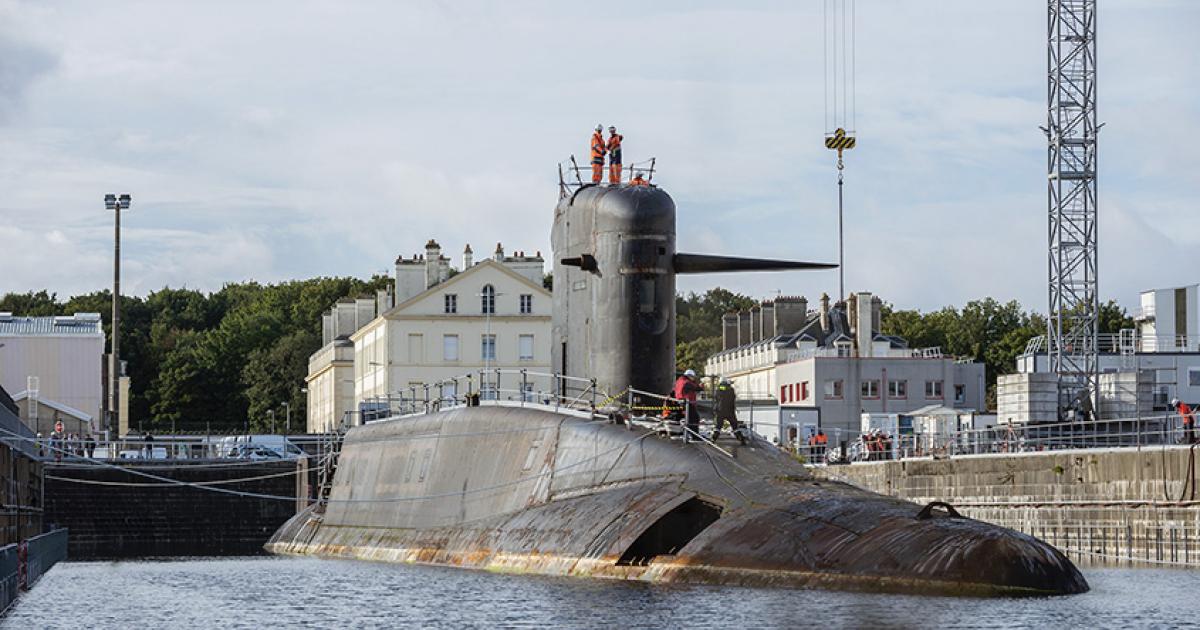Going Boeing
Well-Known Member
I was aware that the AUKUS SSN is planned to have payload tubes but the number has not been announced. At the time that the plan was announced, there was a drawing released showing 3 tubes along the centre line behind the sail but it was not considered an official configuration.
One possibility is, if the AUKUS SSN ends up with a similar diameter hull to the Dreadnought class, then it could be configured with the same “Common Missile Compartment“ of 4 payload tubes as fitted to the Columbia & Dreadnought classes. While that hull diameter might be considered too large for an SSN, it would result in a lot of commonality of systems components in the RN fleet and reduce the amount of design work for the SSN.

One possibility is, if the AUKUS SSN ends up with a similar diameter hull to the Dreadnought class, then it could be configured with the same “Common Missile Compartment“ of 4 payload tubes as fitted to the Columbia & Dreadnought classes. While that hull diameter might be considered too large for an SSN, it would result in a lot of commonality of systems components in the RN fleet and reduce the amount of design work for the SSN.

Last edited:





